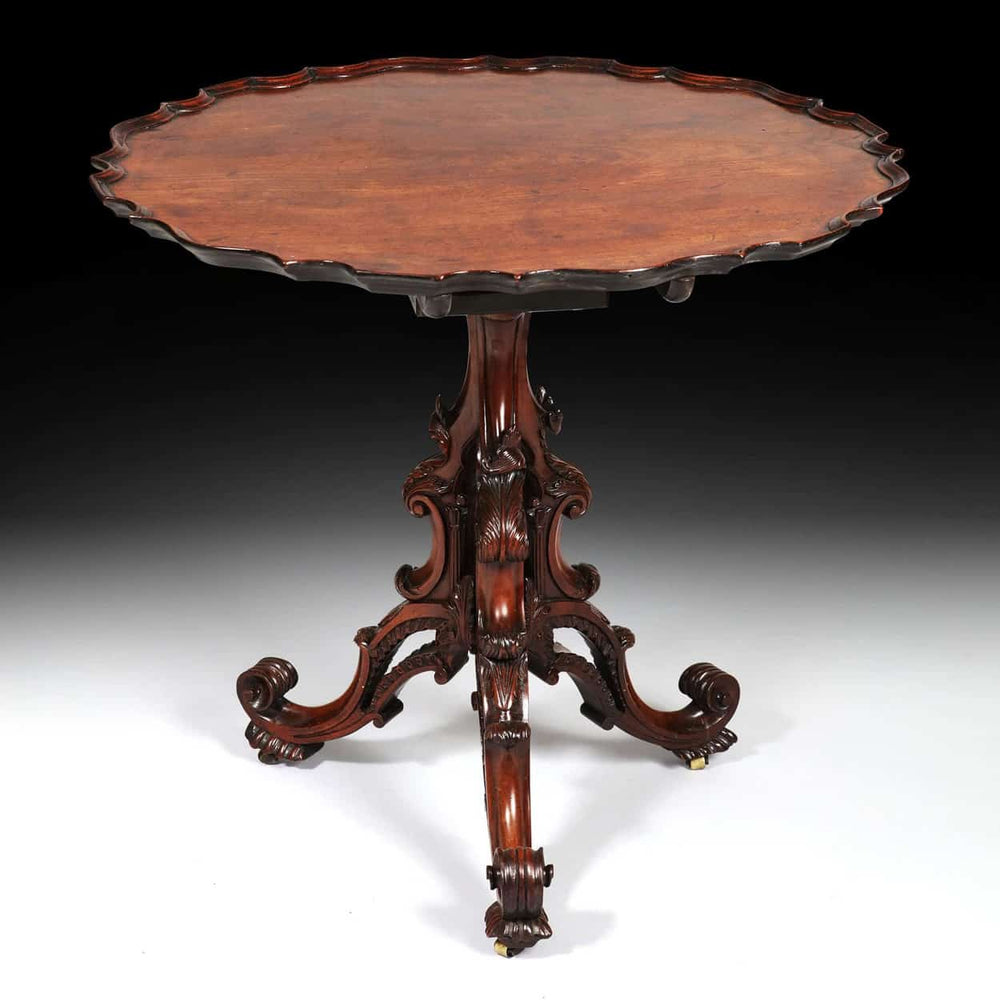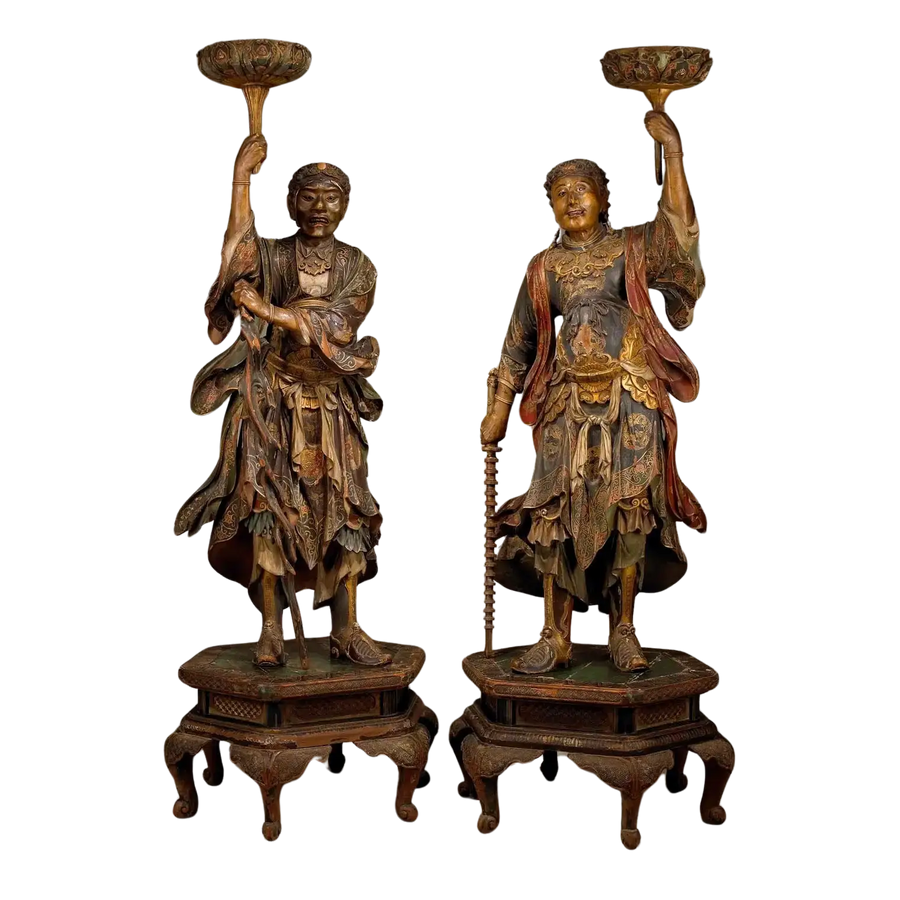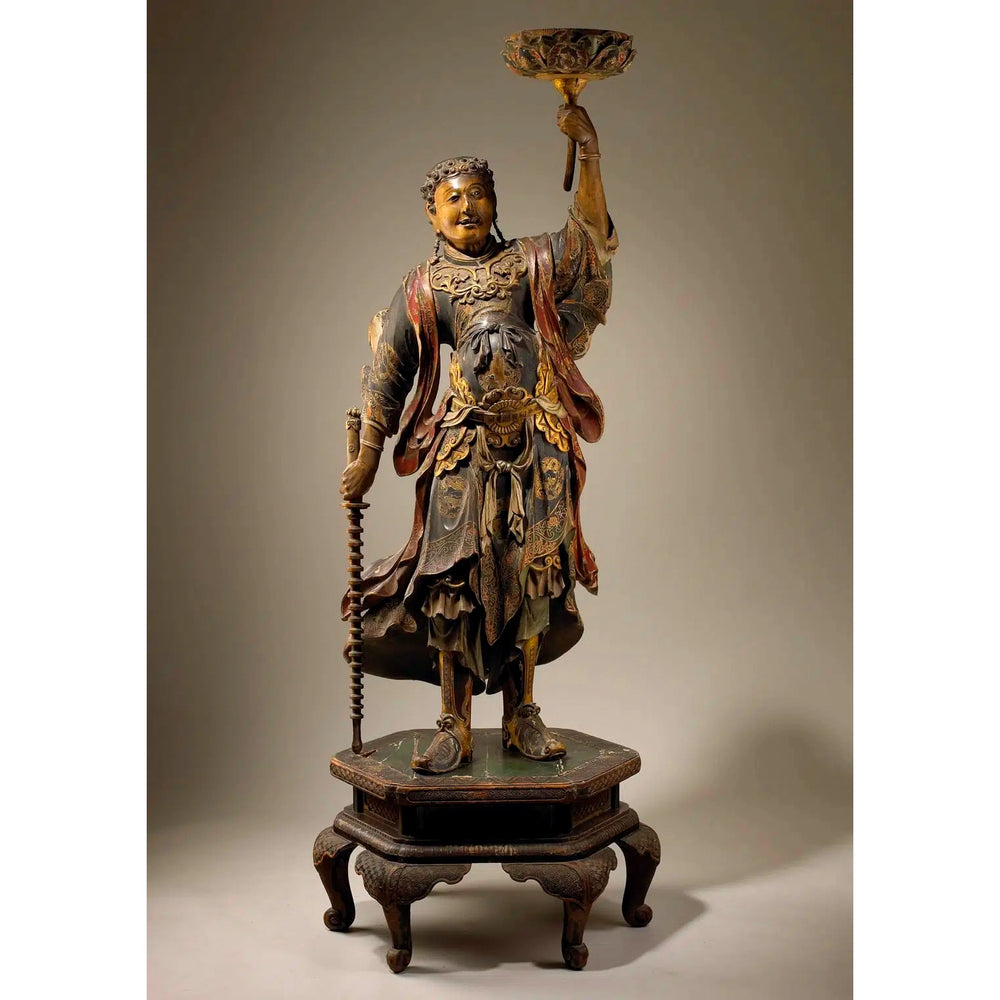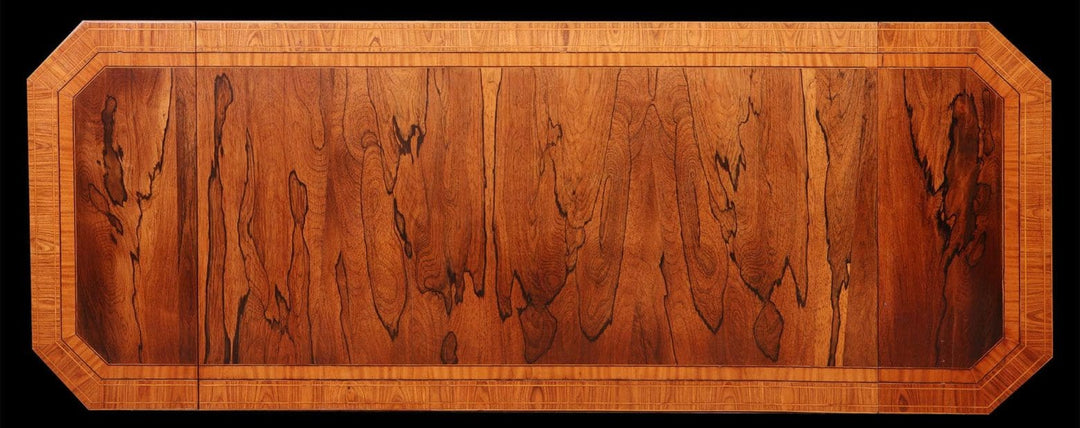
The Enduring Appeal of Cedar Wood in Antique Furniture
Antique furniture holds a special charm, often defined by the materials used in its creation. Among these, cedar stands out for its durability, aromatic qualities, and timeless beauty. Its natural properties have made it a favourite for centuries, particularly in storage furniture designed to protect precious belongings.
Characteristics of Cedar Wood
Cedar is a softwood native to regions such as the Himalayas, the Mediterranean, and North America. It is celebrated for:
-
A rich colour palette ranging from pale yellows to deep reddish hues.
-
A distinctive, pleasant aroma that also serves to repel moths and insects.
-
A fine, even texture that takes polish well, lending itself to elegant finishes.
Benefits of Cedar in Antique Furniture
Cedar’s appeal extends beyond appearance and scent:
-
Durability – Naturally resistant to decay and rot thanks to protective oils.
-
Lightweight strength – Relatively low density yet robust enough for furniture.
-
Insect-repelling oils – Protects stored textiles and extends furniture longevity.
-
Warm aesthetic – Adds natural elegance and develops a rich patina over time.
Cedar Wood in Furniture History
Cedar has been used in furniture making for centuries. Antique cedar chests were especially popular for storing clothes and linens, their aromatic oils helping preserve fabrics against moth damage. Beyond chests, wardrobes, cabinets, and beds were often crafted from cedar for its strength and protective qualities. Many of these pieces survive in remarkable condition, prized today for their craftsmanship and the mellow patina that only age can provide.
Cedar wood’s continued presence in antique collections is a testament to its enduring value — a material that combines beauty, practicality, and longevity.
FAQ: Cedar Wood in Antique Furniture
Why was cedar wood commonly used in antique furniture?
Because of its durability, natural resistance to decay, and aromatic oils that repel moths and insects, making it ideal for wardrobes, chests, and storage pieces.
Does cedar wood still retain its scent after centuries?
Yes, many antique cedar pieces still emit their distinctive fragrance, though it may fade over time. Light sanding can often revive the aroma.
What makes antique cedar furniture valuable today?
Beyond craftsmanship and age, collectors value cedar furniture for its protective qualities, warm colouring, and the unique patina it develops over time.
How should antique cedar furniture be cared for?
Keep it in stable humidity (around 45–55%), avoid direct sunlight, and clean gently with a soft cloth. Periodic waxing with an appropriate finish will help preserve its beauty.
Is cedar furniture still relevant for modern interiors?
Absolutely — antique cedar pieces add warmth, history, and practicality, blending seamlessly into both traditional and contemporary settings.










